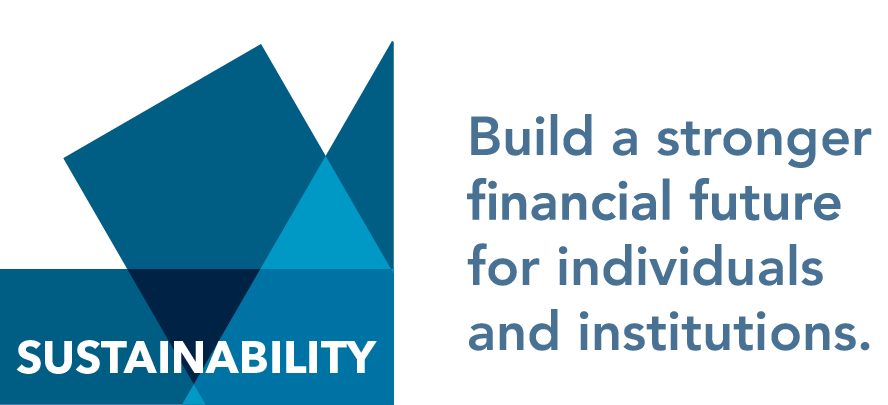Existing Financial Aid Programs Are No Longer Enough
Illinois has a strong state-funded need-based grant program, the Monetary Award
Program (MAP),
providing support for low-income students who apply via the Free
Application for Federal Student Aid (FAFSA) or the Alternative Application for Illinois
Financial Aid.
However, over time, the state appropriation for MAP has not kept up with rising
tuition and fees,
creating a gap in purchasing power. In Fiscal Year 2002, MAP covered
100% of average tuition and fees at Illinois public universities and community colleges.
However, by Fiscal Year 2020, MAP awards dropped to 34% of average tuition and fees at
universities and 36% community colleges, even after an additional $86M infusion to MAP
between Fiscal Year 2018 and Fiscal Year 2020.
Because MAP is awarded to eligible students on a first-come, first-served basis,
students who complete their FAFSA later in the year are at risk of missing out on a
grant.
In Fiscal Year 2020, funds were insufficient to grant MAP awards to an estimated
53,000 eligible students, most of whom were potential community college students.16
Even with federal and state financial aid, many low-income students are unable to
afford college.
In Fiscal Year 2020, the estimated total cost of attendance (tuition and
fees plus living expenses) for an in-state student at a four-year public university in Illinois
was just under $30,000.
-
A low-income student who receives the maximum MAP grant, Pell grant, Federal
Work Study, and Direct Federal Student loans, without additional scholarships, loans,
wages, or family resources, would be $12,000 short in being able to pay for the full
cost of attendance at a public university.
-
Community college students not living with their parents face average total costs
of attendance of just under $17,000, for which the maximum MAP, Pell, and Direct
Student Loans still leave the students short by over $3,000.
As a result of the high costs and a lack of good information about college costs and student
financial aid,17 many students turn to additional expensive private loans to fill the financial
gaps between available financial aid and college costs.
_
16
It is estimated that this number will be less than 23,000 when FY21 ends because fewer low-income
students are completing the FAFSA. Late-applying students are more likely to be independent, have limited
resources for college, and plan to go to a community college compared to students who receive a grant.
17 The report of the Chicago State University Equity Working Group for Black Student Access and
Success
Action Plan
calls for reaching students, parents, and families to expand their financial aid awareness;
requiring comprehensive, evidence-based and culturally-relevant financial literacy education for every student to
prepare them for post-high school success; and building trust surrounding financial aid and FAFSA applications.
Recent legislation and federal changes will also simplify the FAFSA process and increase transparency beginning
in 2023, but without deliberate strategies to increase student and family financial literacy, students and families
still may not be able to access and use all the public resources available to them.
